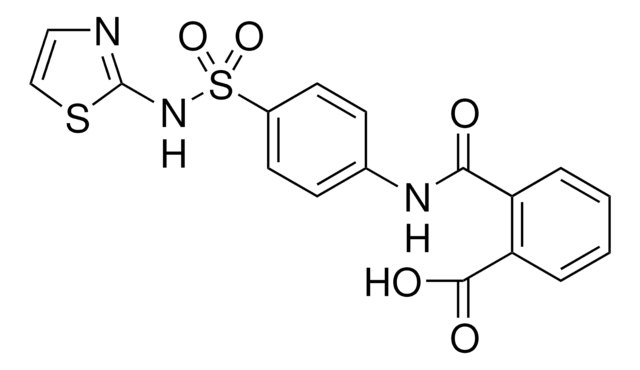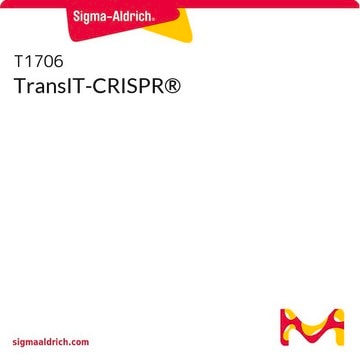XTGHP-RO
Roche
X-tremeGENE™ HP DNA Transfection Reagent
High-performance polymer reagent for transfecting many cell lines
About This Item
Polecane produkty
klasa czystości
for molecular biology
Poziom jakości
Postać
liquid (aqueous solution)
zastosowanie
mL (suitable for 165 transfections)
opakowanie
pkg of 0.4 mL (06366244001)
pkg of 1.0 mL (06366236001)
pkg of 5 × 1 mL (06366546001)
producent / nazwa handlowa
Roche
metody
transfection: suitable
temp. przechowywania
−20°C
Opis ogólny
Cechy i korzyści
- Benefit from an easy-to-use non-liposomal reagent that is free of animal-derived components, stable at room temperature, filtered through 0.2 μm pore size membrane, and active in serum-containing medium.
- Achieve new levels of transfection efficiency in primary cells and tumor cell lines that are not transfected well by other reagents.
- Generate physiologically relevant data using a reagent with low cytotoxic effects.
- Increase experimental throughput and enable target evaluation using a simple and consistent protocol.
Jakość
Postać fizyczna
Inne uwagi
Informacje prawne
produkt powiązany
Hasło ostrzegawcze
Danger
Zwroty wskazujące rodzaj zagrożenia
Zwroty wskazujące środki ostrożności
Klasyfikacja zagrożeń
Eye Irrit. 2 - Flam. Liq. 2
Kod klasy składowania
3 - Flammable liquids
Klasa zagrożenia wodnego (WGK)
WGK 1
Temperatura zapłonu (°F)
334.4 °F
Temperatura zapłonu (°C)
168 °C
Certyfikaty analizy (CoA)
Poszukaj Certyfikaty analizy (CoA), wpisując numer partii/serii produktów. Numery serii i partii można znaleźć na etykiecie produktu po słowach „seria” lub „partia”.
Masz już ten produkt?
Dokumenty związane z niedawno zakupionymi produktami zostały zamieszczone w Bibliotece dokumentów.
Klienci oglądali również te produkty
Produkty
Automation is used for many applications to reduce variation caused by manual handling and to obtain reproducible results in high-throughput assays. High-throughput applications, such as knockdown studies or target screenings, often include cell transfection.
Small inhibitory RNAs offer easy gene expression knockdown in mammalian cells, revolutionizing gene research.
Transfekcja wprowadza materiał genetyczny do komórek, wspomagając badania nad ekspresją genów i biologią komórek.
Transfection introduces genetic material into cells, aiding research in gene expression and cell biology.
Protokoły
Lentiviruses represent a powerful tool in research applications to transduce a wide range of cell types.
Cell preparation for transfection Plate cells approx. 24 hours before transfection making sure cells are at optimal concentration (70 – 90 % confluency).
Transient co-transfection of plasmids for cellular studies in protein interaction, transcription factor, and gene knockdown analyses.
Protokoły transfekcji popularnych linii komórkowych przy użyciu odczynników do transfekcji X-tremeGENE™
Nasz zespół naukowców ma doświadczenie we wszystkich obszarach badań, w tym w naukach przyrodniczych, materiałoznawstwie, syntezie chemicznej, chromatografii, analityce i wielu innych dziedzinach.
Skontaktuj się z zespołem ds. pomocy technicznej













